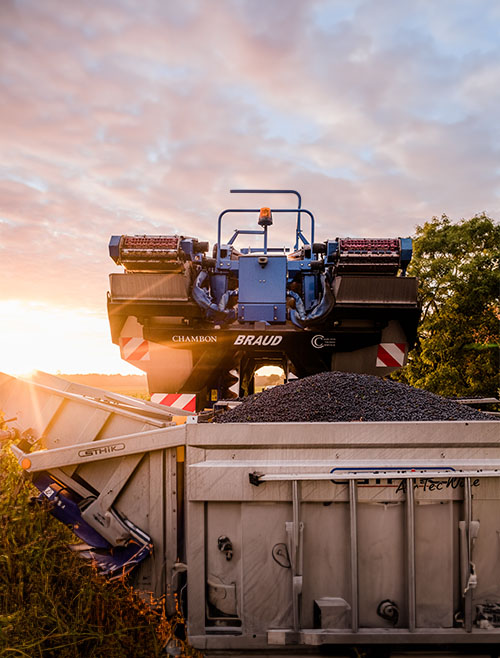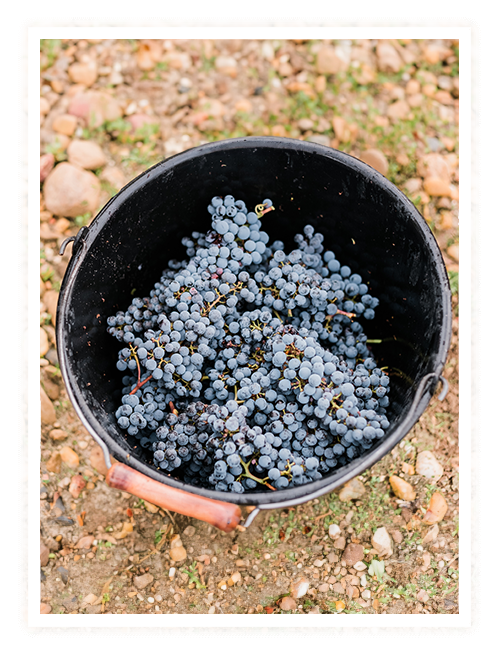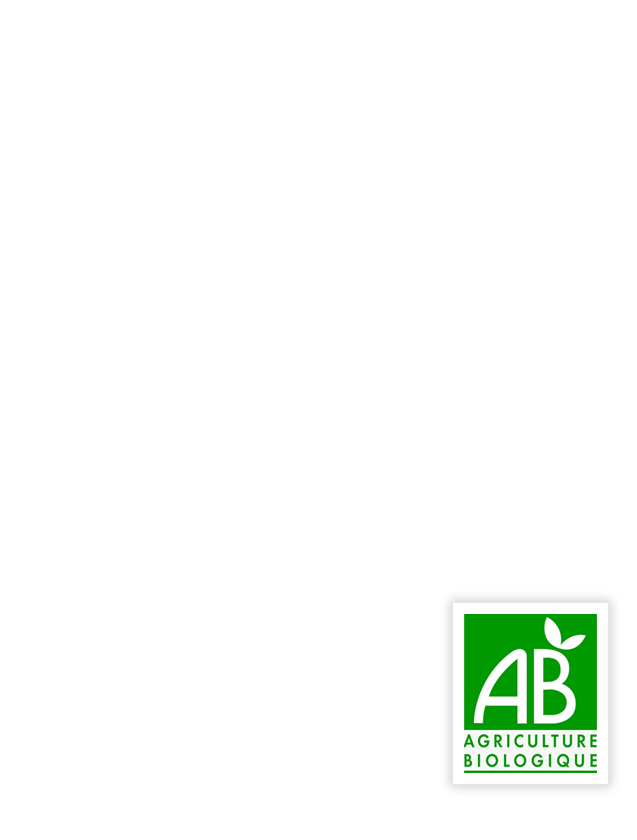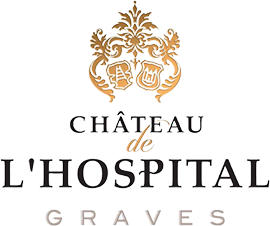
FROM GRAPE TO WINE
Our aim is to reduce inputs by improving production quality, researching new techniques, and rigorously controlling operations in the winery.
For example, the amount of sulfur, a wine antioxidant and antiseptic, authorized for organic red wines is 100 mg/l, i.e. 38% less than the 160 mg/l authorized for non-organic wines.
We have reduced the amount of sulfur added to our red wines, which are now produced with a sulfite content of less than 80 mg/l, i.e. 20% less than the limit authorized for organic production, and half that for conventional production.
MATURATION
The aim of organic farming is to produce better grapes. We must therefore produce wines that respect the characteristics of the terroir and give pride of place to the expression of the fruit.
To preserve and even enhance the quality of our production, we use two types of ageing: in vats and in barrels.
Ageing in vats preserves the fruit and primary aromas of the grapes, which are characteristic and specific to each grape variety.
Barrel ageing is carried out moderately in 300L oak barrels, to bring structure and complexity to the wine without masking its fruity aromas with the wood.

ORGANIC FARMING
We use only natural products in the vineyard and cellar, and exclude all chemical fertilizers, synthetic pesticides and genetically modified organisms (GMOs). Weed control in the vineyards is therefore exclusively mechanical.
We encourage the action of natural predators against vine and grape pests. We use green manure to maintain soil fertility. We organize natural spaces such as grass strips, hedges and meadows to manage fauna, flora and soil.
Organic farming is also the only method of cultivation certified by a government body. We are monitored and inspected at least once a year by Ecocert, who issue us with a certificate each year attesting to the compliance of our products with regulations, and authorizing us to market our wines as "organic".



Respecting Biodiversity
Organic farming preserves biodiversity. It benefits the cultivation of the vines and helps the whole team on a daily basis.
Typhlodromes, for example, are natural predators found on vines. In particular, they feed on the mites that cause erinosis (a disease that reduces photosynthesis in vines).
Nesting boxes have been installed throughout the Château grounds for the well-being of pipistrelles (bats) and because they are natural predators of berry worm moths (responsible for drying out the berries and promoting the onset of rot), and other pests.
